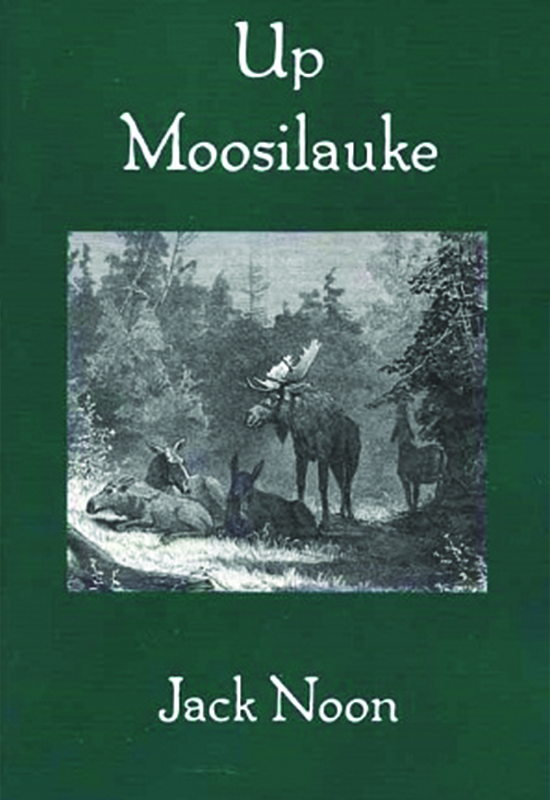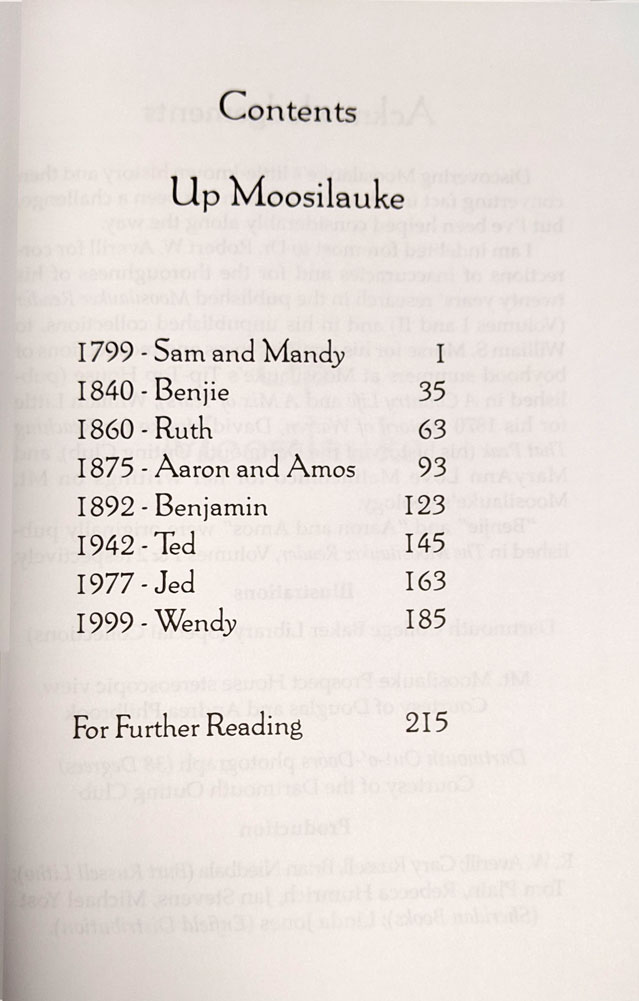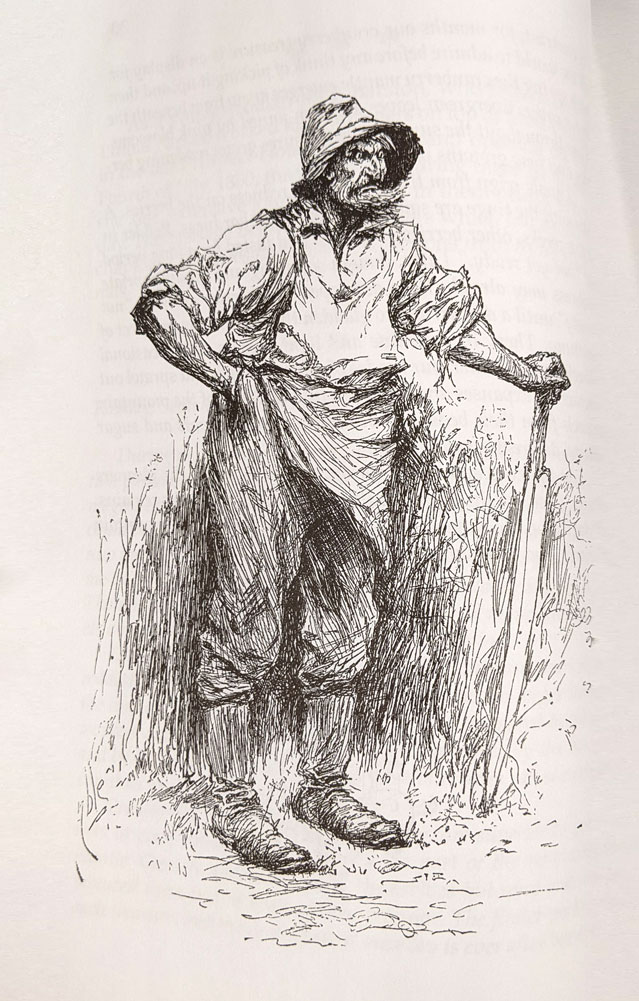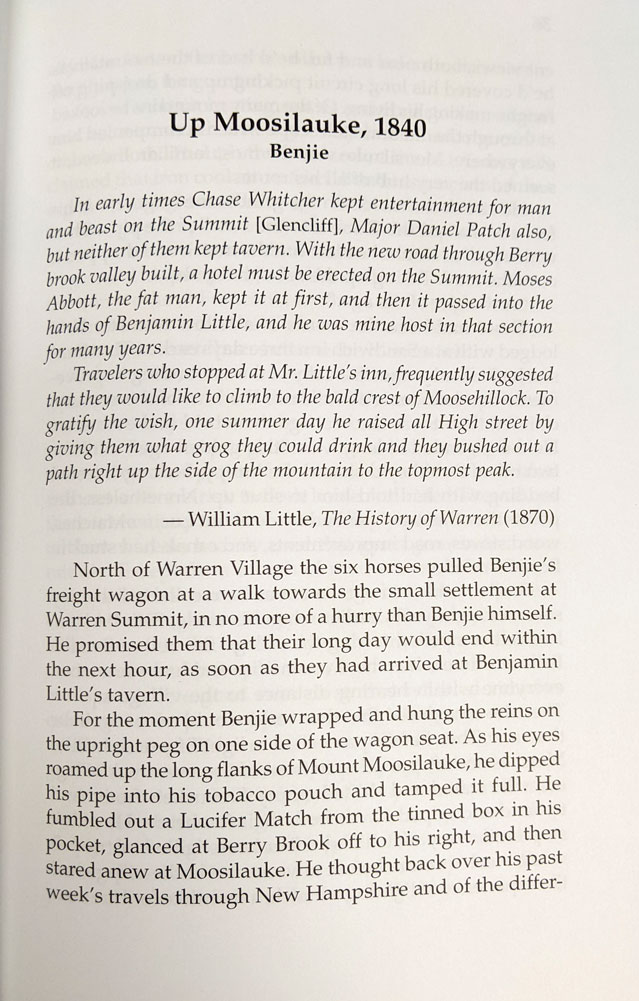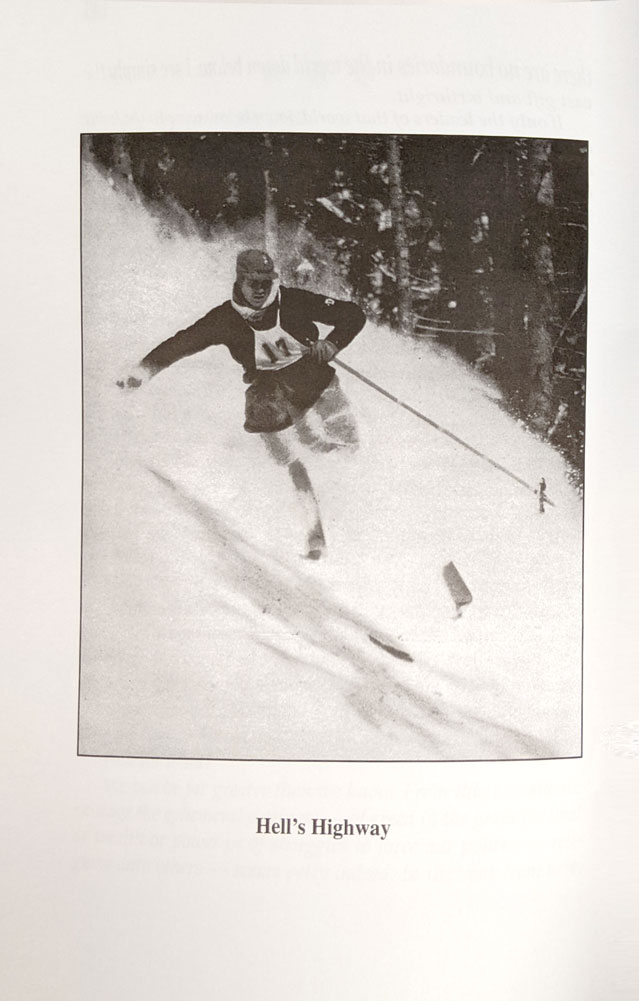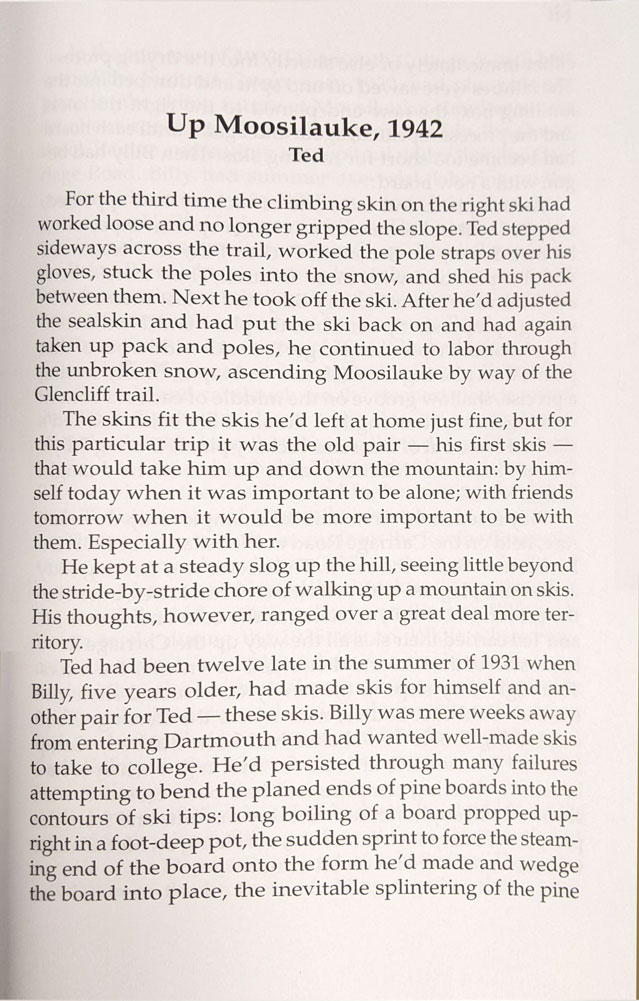“The Tip Top House was the highest human habitation in New England, except that on Mount Washington. . . . Mt. Moosilauke differs from all others in its broad plateau-like summit, and it is carpeted thickly with mosses, Alpine daisies, and mountain cranberries.”
— Tip Top News, Chapter 4
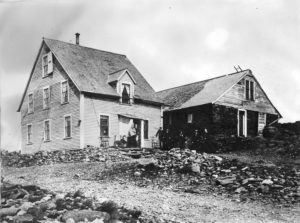
Continuing the story of the westernmost peak in the White Mountains of New Hampshire, the Mt. Moosilauke Tip Top News, 1880–1916, is an illustrated collection of the many accounts penned about Moosilauke and the hotel atop its treeless summit. They were written by visitors to the newly-expanded summit house, that appeared in various publications of the time, and which have rested in obscurity for more than a century. The more than 250 illustrations include engravings, period maps, and photos.
The growth of North Country tourism during this era depended on the newly-built railroads as well as horse-drawn stages and buckboards. Many visitors to Moosilauke’s summit packed their trunks for a summer-long stay at small and large hotels, boarding houses and cottages, and at the enlarged farmhouses, conveniently nearby. This period was Moosilauke’s golden age of prose and poetry, well represented by the contributions of Lucy Larcom from Beverly, Massachusetts. Some of the essays failed to include the author’s name — only a single initial, or a nickname, or a blank — leaving, as anonymous gifts, glimpses of a special world within its own time and perspective.
This limited-edition anthology is the seventh in the Moosilauke History Series, following In Search of Amos Clough (2019) and Daniel Clement’s Moosilauke Journal — 1879 (2020), completing the three-book set detailing the history of the 19th-century Moosilauke summit house.
Review by Fred Bickford (Dartmouth Class of ’72):
 If you have a fondness for Mt. Moosilauke and the region around it, you love its old buildings and stone walls, and you feel a kinship with the people who populated the place 100 years ago, you’re going to feel like you’ve come home when you read Bob Averill’s most recent book, Mt. Moosilauke Tip Top News, 1880-1916. Assembling this book clearly has been a labor of love for Bob. He has been collecting the material in it for many years, and I think a big part of his motivation has been a desire to make sure that some relics of considerable historical value are made accessible, and are not lost.
If you have a fondness for Mt. Moosilauke and the region around it, you love its old buildings and stone walls, and you feel a kinship with the people who populated the place 100 years ago, you’re going to feel like you’ve come home when you read Bob Averill’s most recent book, Mt. Moosilauke Tip Top News, 1880-1916. Assembling this book clearly has been a labor of love for Bob. He has been collecting the material in it for many years, and I think a big part of his motivation has been a desire to make sure that some relics of considerable historical value are made accessible, and are not lost.
The book consists of writings, photos, maps, and graphics from many original sources. Reading it, I’ve had the chance to get acquainted with many people whose names I have long known were associated with the mountain, and Bob gives all of them the chance to introduce themselves to the reader in their own words. Many of them I am sure would have become natural friends if I could have spent an evening telling stories with them up there in the Tip Top House a hundred or so years ago, and the book makes it easy to imagine doing exactly that.
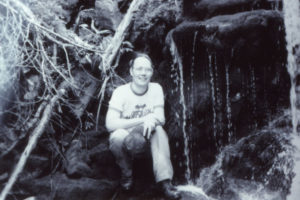
One of the wonderful things about this book is that Bob has been focused on the subject matter for so long that he makes an excellent host as you tour his chosen segment of the mountain’s history. You get the sense that he lived there, knows his way around, and was well acquainted with all those Woodworths, Merrills, and Whitchers. You know that if you could only journey back through time and up the mountain with him, Bob would handle the introductions.
This is not a book you’re going to read in one or two sittings. However, if you begin by settling in with it over the course of a few quiet evenings, you’ll find it quickly becomes a comfortable habit, and a rewarding one.
